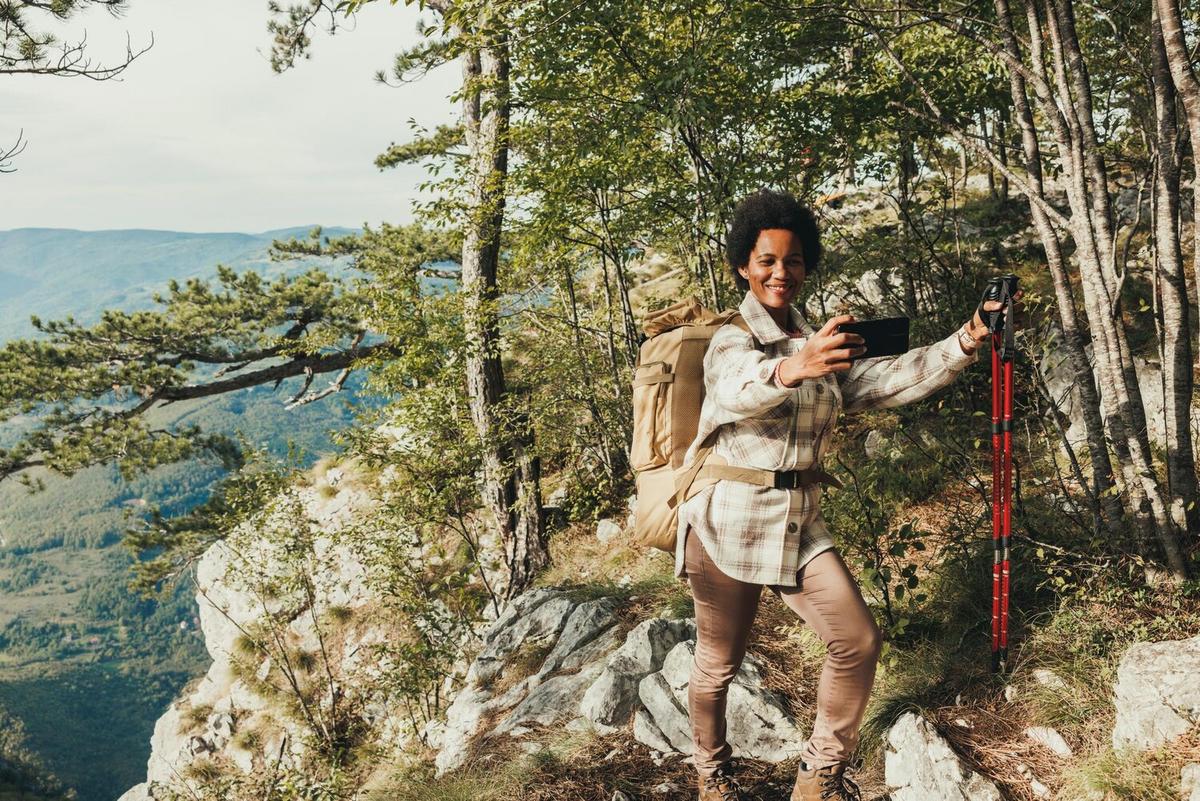
What’s the Best Way to Explore Remote Locations?
Exploring remote locations can be an exhilarating and enriching experience, offering unique insights into untouched landscapes and cultures. But what’s the best way to navigate these off-the-beaten-path destinations? Let’s delve into some expert advice, research findings, and actionable tips to make your next adventure memorable and safe.
Understanding the Appeal of Remote Locations
Remote locations offer a blend of tranquility, natural beauty, and cultural authenticity that is hard to find in more tourist-heavy areas. According to a 2021 study by the Adventure Travel Trade Association, 45% of travelers seek out remote destinations to disconnect from daily life and reconnect with nature.
Expert Opinions on Exploring Remote Areas
Travel experts emphasize the importance of preparation. According to the National Geographic Society, planning and research are key to a successful trip. They suggest understanding the local culture and geography, and being aware of any potential risks such as extreme weather or health hazards.
Personal Anecdotes: Learning from Experience
Having explored the remote regions of Patagonia, I’ve learned firsthand the importance of being well-prepared. On one occasion, a sudden weather change caught us off guard, but having a well-equipped backpack with essentials like a weatherproof jacket, navigation tools, and a first aid kit made all the difference.
Actionable Tips for Exploring Remote Locations
- Research and Plan: Understand the destination’s climate, terrain, and culture.
- Pack Smart: Bring essential gear such as maps, a compass, and emergency supplies.
- Stay Connected: Use satellite phones or GPS devices to stay in touch.
- Respect Local Cultures: Learn basic phrases and customs to interact respectfully.
- Travel Responsibly: Follow Leave No Trace principles to minimize your environmental impact.
Comparison Table: Modes of Transport
| Transport Mode | Pros | Cons |
|---|---|---|
| Hiking | Eco-friendly, immersive experience | Physically demanding, time-consuming |
| Off-Road Vehicle | Access to difficult terrains | Environmental impact, requires skill |
| Bicycle | Healthy, low-impact | Limited range, physical effort |
| Boat | Access to water-bound regions | Weather dependent, limited to waterways |
| Helicopter | Quick access, aerial views | Expensive, limited landing zones |
| Train | Comfortable, scenic routes | Limited to existing tracks |
| Horseback | Traditional, eco-friendly | Requires skill, slower pace |
| Motorcycle | Flexible, quick navigation | Risky, limited cargo space |
FAQ
What are some essential items to pack?
Essentials include a map, compass, first aid kit, weatherproof clothing, and emergency food supplies.
How can I stay safe in remote locations?
Stay informed about local risks, carry communication devices, and always inform someone of your plans.
Is it important to understand the local culture?
Yes, respecting local customs and traditions enhances your experience and fosters positive interactions.
Conclusion
Exploring remote locations requires careful planning, respect for local cultures, and a readiness to adapt to unexpected challenges. By following expert advice and preparing adequately, you can ensure a safe and enriching adventure. Ready to start your journey? Begin with thorough research and let the adventure unfold!


